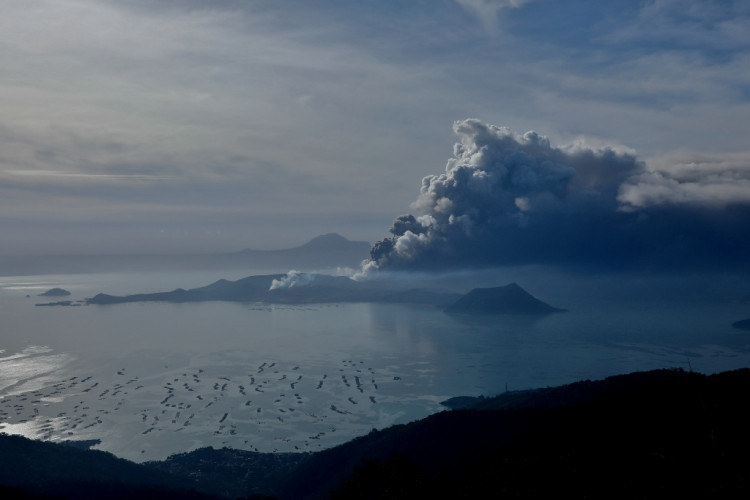Three volcano eruptions from separate parts of the world are making the rounds in international headlines because they took place within three days. Popocatepetl Volcano in Mexico erupted on January 10, Mt. Shintake in Japan erupted on January 11, and Taal Volcano in the Philippines spewed a giant plume of ashes on January 12.
The Philippine government continues to evacuate millions of residents living within the perimeters of Taal Volcano. Its ashes reach about nine miles or 14 kilometers into the air, affecting nearby cities and provinces. Most recently, officials are bracing for explosive eruptions in the coming days or weeks to the same extent that was last seen in 1977.
Meanwhile, there were no injuries reported nor evacuations that took place in the aftermath of the Mt. Shintake eruption in Japan. There is also no dangerous lava flow from the said volcano although rocks reached about 300 meters from its crater. The island where Mt. Shintake was located was home to about 100 people. The volcano erupted in February 2019.
As for the Popocatepetl volcano in Mexico, its eruption was described as a "spectacular show." Its crater spewed incandescent rocks that seemed to light up the night sky. The volcano's last eruption was in 1994.
The timing of eruptions of these volcanoes stoke fears of the End Times with some publications quoting Bible prophecies - something that experts dismissed. Accordingly, the three volcanoes are located in the Pacific Ring of Fire, which is the most active volcanic zone in the world.
That means simultaneous eruption within the Pacific Ring of Fire is a common occurrence. This also means that the three volcano eruptions are not random even if they are located in separate parts of the world. Aside from the Pacific Ring of Fire, the Earth sees about 20 volcanoes actively erupting at any particular time from all over the world.
But why did eruptions of Taal Volcano, Mt Shintake, and Popocatepetl arouse end of the world fears? The answer is that their eruptions are widely reported by international media and widely shared by people around the world. The behavior highlights their simultaneous eruption which again is normal.
The next question is why is there a wide coverage of these three eruptions? It is because there are more populations living nearby these volcanoes, meaning the dissemination of information is faster. Plus, the distribution of photos is also fast because of social media.
Also, tourism grew rapidly in the past years that people are more actively seeking updates about natural disasters that may derail their travel. In the case of Taal Volcano, its location, particularly the nearby city, Tagaytay, is a popular Holiday Destination for both local and foreign tourists. Boating to the island or flying in a helicopter above Taal's crater is among tourists' favorite activities.






